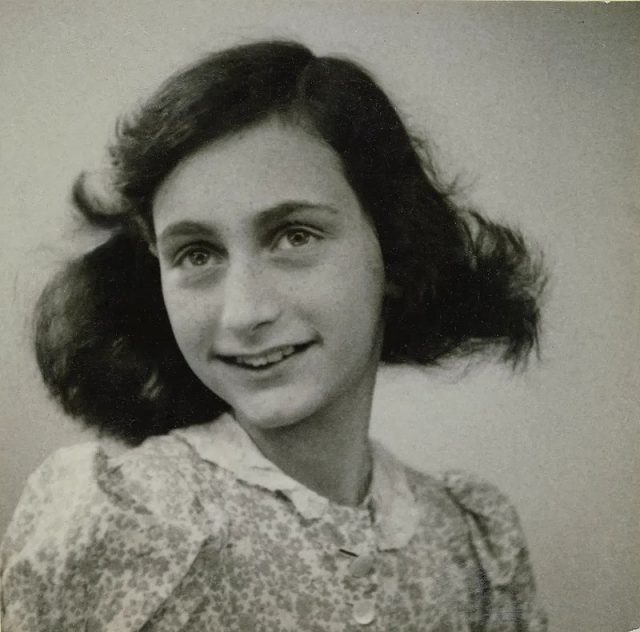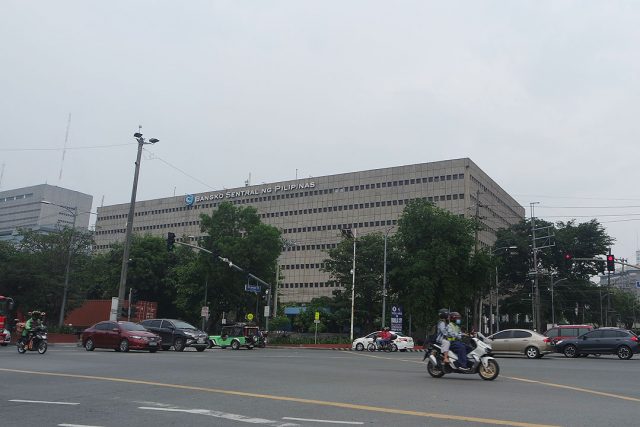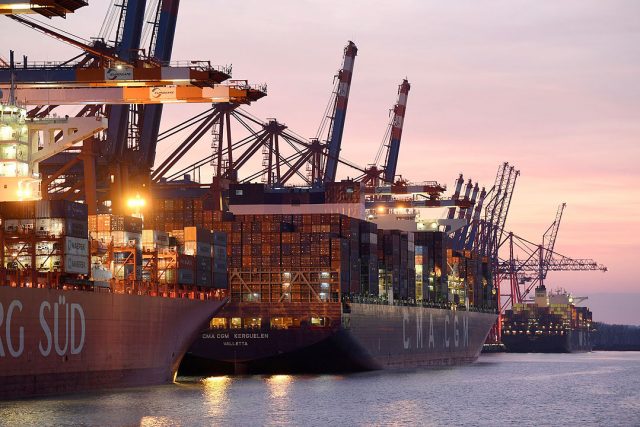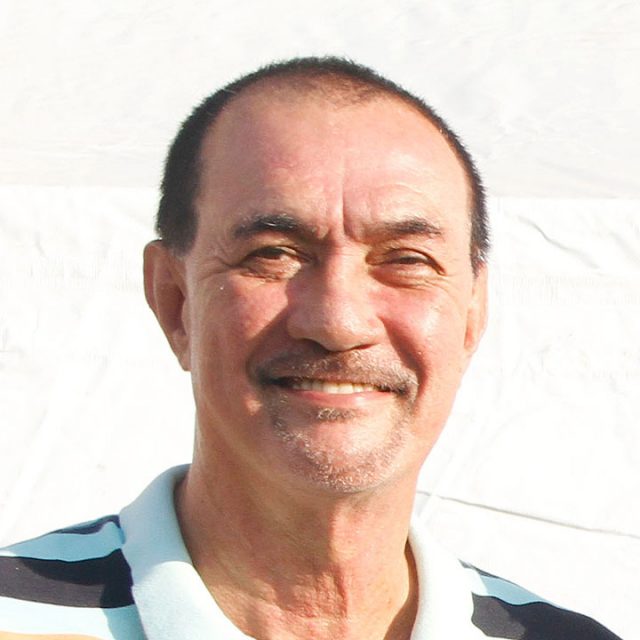Medilines renews distribution partnership with Siemens Healthineers
MEDILINES Distributors, Inc. renewed its partnership with Siemens Healthineers, extending by three more years the listed trading firm’s sale and distribution of diagnostic imaging devices and specialized molecular imaging equipment.
“Our partnership with Siemens Healthineers started in 2016 and is now on its third renewal. This reflects Siemens’ confidence in Medilines’ established name in the Philippine healthcare industry, market dominance, and proven expertise in providing high quality medical devices to hospitals nationwide,” Medilines Chairman Virgilio B. Villar said in a media release.
The contract involves the sale and distribution of Siemens Healthineers’ flagship division, which includes products such as CT scans, MRIs, x-rays, and PET/CTs.
Medilines has also sold and distributed equipment from Varian, which was acquired by Siemens Healthineers in April.
Varian is an American company specializing in cancer care technologies, such as the linear accelerator, which is a high-tech machine used for radiation treatments for cancer patients.
According to the press release, Medilines and Siemens Healthineers sold majority of the current installations of linear accelerators and imaging systems for radiation therapy in the Philippines.
“Medilines is currently installing more linear accelerators in Cebu, Dagupan and Iloilo, and is also preparing to install in Philippine General Hospital. The company is also about to finish an installation in Sacred Heart Medical Center in Pampanga, one of the biggest privately-owned cancer centers in Central Luzon,” the company said in a statement.
“In the last five years, Medilines has sold more than 10 units of linear accelerators nationwide. To date, Medilines holds the title of distributor with the most number of installations of linear accelerators in the Philippines,” it added.
In 2020, Medilines claims to have represented 90% of the market share in the distribution of cancer therapy equipment in the country.
“[We] expect to retain dominance in this growing category, which contributes around P1 billion in sales every year in the past years, as [we] are set to install at least five more linear accelerators this year. With these, [we] expect to grow this segment by more than 20% versus last year,” the company added.
On Tuesday, Medilines shares dropped three centavos or 2.54% to P1.15 each. — Luisa Maria Jacinta C. Jocson












